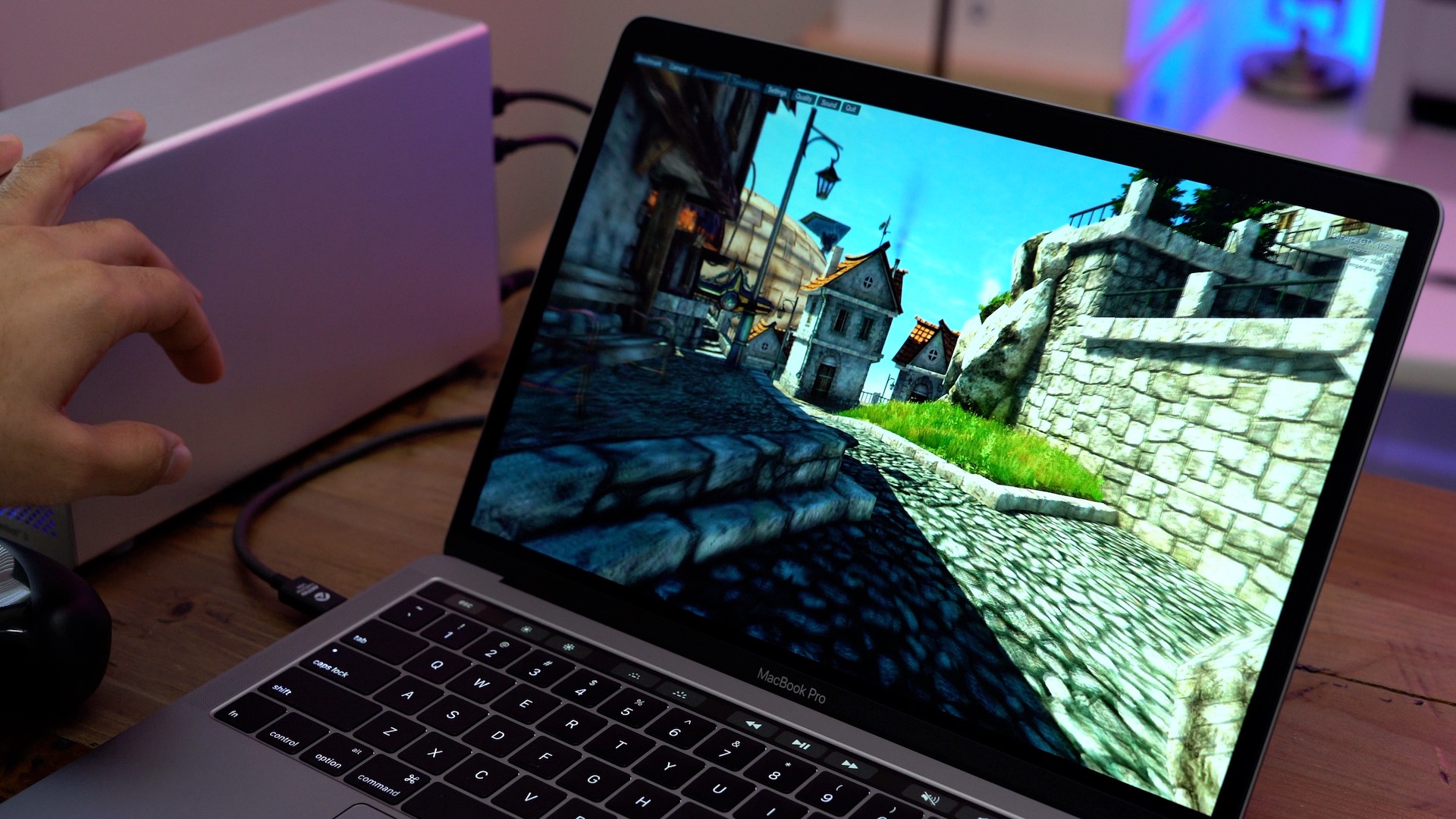

#GAMING ON A MAC PRO 2016 WINDOWS#
If you're going to do any heavy 3D gaming, you'll want to do it under Windows still. I tossed in a score from Bioshock under OS X, which obviously doesn't have CF working and ends up at less than half of the performance of the D700. You really start to get an idea of where the Mac Pro's high-end GPU configuration really lands.īioshock ends up at the extreme end of what we'd expect to see between the 280X and D700. A pair of 280Xes ends up being 16% faster than the dual FirePro D700 setup in the Mac Pro. Remember CrossFire at 4K is still broken on everything but the latest GCN 1.1 hardware from AMD.īattlefield 3 starts out telling the story I expected to see. You'll notice that I didn't run anything at 4K for these tests. In other words, the other cards will have a definite CPU performance advantage (20 - 30% depending on the number of active cores). Keep in mind that the comparison cards are all run on our 2014 GPU testbed, which is a 6-core Ivy Bridge E (i7-4960X) running at 4.2GHz.
#GAMING ON A MAC PRO 2016 DRIVERS#
In the case of a memory bandwidth limited scenario the gap can shrink to 9%.Īll of the results below are using the latest Radeon WHQL drivers at the time of publication (13-12_win7_win8_64_dd_ccc_whql.exe) running 64-bit Windows 8.1.

I've put all of the relevent information about the differences between the GPUs in the table below:ĭepending on thermal conditions the 280X can be as little as 17% faster than the D700 or as much as 30% faster, assuming it's not memory bandwidth limited. The key comparison here is AMD's Radeon R9 280X CF. I ran the new Mac Pro with dual FirePro D700s through a few of Ryan's 2014 GPU test suite games. Under Windows however it's just a matter of enabling CrossFire X. As I mentioned earlier, under OS X games have to specifically be written to use both GPUs in the new Mac Pro.


 0 kommentar(er)
0 kommentar(er)
